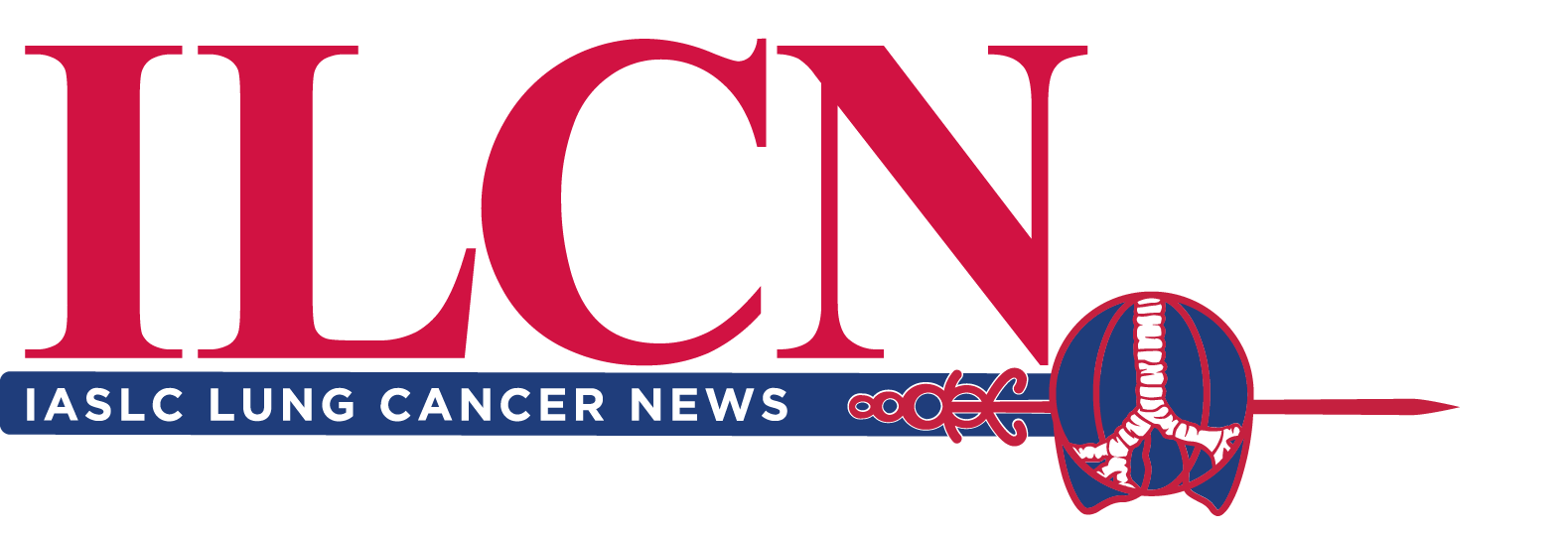Being a lifelong health enthusiast, health educator, and fitness trainer, my family and I were blindsided by my diagnosis of stage III-A unresectable non-small cell lung cancer (NSCLC) in October 2018. At the age of 55, I was athletic and had no symptoms or known risk factors.

This was an incidental finding while investigating an ovarian cyst. Biomarker testing showed no detectable mutations or PD-L1 expression. I was given no hope and advised to get my affairs in order.
Thankfully, my oncologist knew about a new immunotherapy called durvalumab, which had recently been approved for patients like me. This treatment plan had “curative intent” and included chemoradiation, followed by 1 year of bi-monthly infusions of durvalumab.
My radiation oncologist explained the risks associated with radiation therapy, including the long-term potential for damage to my aorta due to the areas that required treatment in my mediastinum. Even so, I agreed without hesitation. What other choice did I have? Without treatment, I wouldn’t survive another year.
Even with the best and most aggressive care, my 5-year survival odds were only about 35%. At that time, neither my clinical care team nor I were considering long-term risks; our focus was entirely on getting me through the next year.
Now, as I write this 6 years later, I realize that we should have also considered the long term. Patients need clinicians to create and adopt better survivorship care plans that include monitoring for treatment side effects and potential interventions to reduce their risk of complications.
I’m exceptionally grateful to have made it to my 6-year “cancerversary.” I have no evidence of recurrent lung cancer, but I haven’t escaped from other health issues.
In the summer of 2024, I began to notice a slight pressure in my throat that would sometimes happen during outdoor walks, occasionally accompanied by shortness of breath. At first, I had no other symptoms and thought it was a reaction to smoke from wildfires in the area.
About a month later, I woke up in the middle of the night with pressure in my throat and pain in my jaw and right arm. Although the symptoms went away quickly, they prompted me to visit my primary care team the next day.
An electrocardiogram (EKG) test revealed some abnormalities. Since I wasn’t experiencing any symptoms that day and my case did not exhibit the typical signs of an acute heart attack, I was referred for an echocardiogram and a stress test.
The next morning, as I walked toward the medical office for my echocardiogram, I suddenly felt pressure in my throat, as well as pain in my jaw and right arm. I told the ultrasound technician, which ultimately led to a chaotic scramble to get me to the emergency room.
Multiple tests and EKGs confirmed that I was likely having a “non-STEMI” heart attack. I was admitted to the hospital, where a cardiologist led my care.
The following morning, I was in the catheterization lab. My cardiologist explained that I’d be awake during the procedure. As he injected dye into each artery, everything seemed unusually fine for someone who was 61 years old.
Two arteries were clear of any disease until he reached my left anterior descending artery (LAD). At that point, he found a significant narrowing and said I was a good candidate for a stent.
An interventional cardiologist was brought in to place the stent. As she reviewed the images of my arteries, she asked, “Have you ever had radiation to your chest?” I confirmed that I had, remembering that I had received 66 Gy of radiation to my mediastinum to treat the lymph nodes and the main tumor in my left upper lung lobe.
She told me that my LAD looked “cooked” rather than exhibiting the typical narrowing associated with atherosclerosis. She indicated that she would need to place two stents lengthwise in the LAD artery. Additionally, she mentioned that she monitors patients treated for breast cancer and lymphoma who have received at least 35 Gy of radiation. That’s the moment I realized I wanted to advocate for better monitoring of lung cancer survivors in similar circumstances.
Historically, lung cancer patients have not survived long enough to experience the long-term effects of treatment. However, thanks to advancements in treatments, that is no longer the case and the need for improved surveillance is essential, not just for survival but for late side effects.
While we can’t definitively prove that radiation caused the narrowing in my LAD, both my cardiologist and radiation oncologist believe it played a significant role. At the time of my lung cancer diagnosis, I was at a low risk of having or developing early coronary artery disease. I had never smoked, I exercised daily, I adhered to a Mediterranean diet since my twenties, and I had no family history of early heart disease.
My husband, a retired primary care physician, reviewed my old medical records. Using data from the time of my cancer diagnosis, he calculated that my 10-year cardiovascular event risk was only 2%. This meant I didn’t qualify for cholesterol-lowering medications or stricter lifestyle modifications at that time. None of my chest scan reports even hinted at coronary artery calcifications, not even mild accumulations.
Looking back, I have no regrets about the treatments I received. They gave me the chance to become a grandparent to two beautiful granddaughters, something I never dreamed would happen 6 years ago.
I do wonder, however, if closer monitoring and more aggressive preventive strategies could have prevented or delayed a heart attack. Maybe if we had taken more proactive steps—such as starting cholesterol-lowering medications—this could have been avoided.
I understand that clinicians currently lack clear guidelines for monitoring and preventing the long-term side effects of lung cancer treatment. However, we can’t stop at simply informing patients about these risks. We need to implement collaborative, multidisciplinary survivorship care that actively manages these risks.
For example, my dermatologist monitors me for signs of skin cancer every 4 months, paying careful attention to my chest. She recently caught and treated a stage 0 squamous cell carcinoma.
Now, my cardiologist is monitoring my heart for radiation-related issues, including damage to my ascending aorta, and is aggressively managing my coronary artery disease. This type of coordinated care, which addresses the risks and side effects of treatment and the potential for cancer recurrence, should be standard.
My hope is that survivorship care will evolve to prioritize comprehensive, long-term health monitoring for all patients with lung cancer, similar to how it is practiced for people living with other types of cancer.





